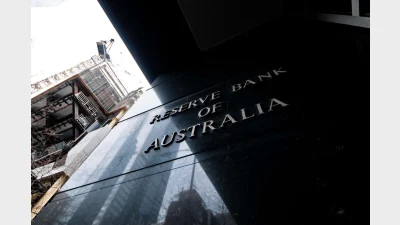Retirement costs will rise with increasing cost of utilities


Tracking the rise and fall of items within a staple household budget is showing that significant price hikes in the cost of power, rates, health care, and food are rapidly driving up the estimation of how much is needed for retirement.
In the 11 years to March 2017, the Association of Superannuation Funds of Australia (ASFA) found the retirement savings budget increase would have the greatest negative impact on singles. The funds needed for a modest retirement for a single person had risen by 33 per cent and for a comfortable retirement, 23 per cent.
ASFA chief executive, Dr Martin Fahy said the figures compared to an overall Consumer Price Index (CPI) increase of just under 29 per cent.
“Over the period, electricity costs increased by 124 per cent, health costs by 60 per cent, property rates and charges by 83 per cent and food costs by 24 per cent,” he said.
“It highlights the need for increasing numbers of retirees to have much greater super balances to support a reasonable retirement.”
The maximum Age Pension increased in real terms by 70 per cent for a single and 54 per cent for a couple in the same 11-year period from June 2006 to March 2017, and did not permit a retiree to achieve even the modest standard of living in retirement levels, as set by ASFA.
“Over the longer term, the cumulative increase in retirement costs has been considerable,” Fahy said.
ASFA standards as at the March 2017 quarter found singles needed $24,250 a year for a modest lifestyle and $43,665 for a comfortable lifestyle. Couples would need $34,855 and $59,971 for a modest or comfortable retirement respectively.
Recommended for you
Governor Michele Bullock took a more hawkish stance on Tuesday, raising concerns over Donald Trump’s escalating tariffs, which sent economists in different directions with their predictions.
Equity Trustees has announced the appointment of Jocelyn Furlan to the Superannuation Limited (ETSL) and HTFS Nominees Pty Ltd (HTFS) boards, which have oversight of one of the companies’ fastest growing trustee services.
Following growing criticism of the superannuation industry’s influence on capital markets and its increasing exposure to private assets, as well as regulators’ concerns about potential risks to financial stability, ASFA has released new research pushing back on these narratives.
A US-based infrastructure specialist has welcomed the $93 billion fund as a cornerstone investor.












